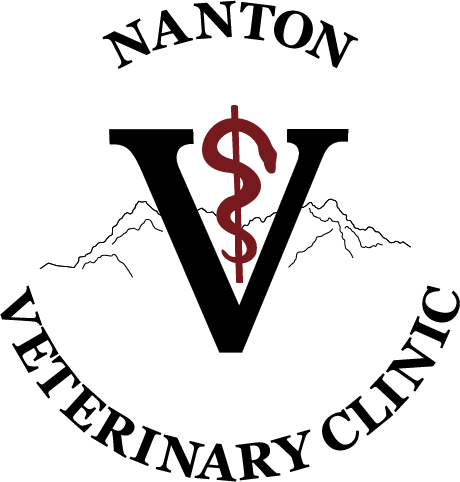Educational Articles
-
Aortic stenosis (or a narrowing involving the aortic valve) is a less common heart disease that has a higher incidence in some breeds. Dogs may not show clinical signs if they are mildly affected to more severely affected patients showing signs of heart dysfunction. Diagnostic imaging is needed to determine the severity and prognosis for each individual patient. Medications are the mainstay treatment but for some patients surgical procedures may be considered.
-
An aortic thromboembolism (ATE) results when a blood clot is dislodged and travels through the aorta, becoming lodged in a distant location. This clot causes severely reduced blood flow to the tissues receiving blood from that section of the aorta, leading to decreased oxygen in the tissues. A heart condition called hypertrophic cardiomyopathy is the most common cause. This article outlines clinical signs, treatment, monitoring, and prognosis for cats with this condition.
-
An aortic thromboembolism (ATE) results when a blood clot is dislodged and travels through the aorta, becoming lodged in a distant location. This clot causes severely reduced blood flow to the tissues receiving blood from that section of the aorta, leading to decreased oxygen in the tissues. Aortic thromboembolism is a rare occurrence in dogs and can be associated with endocarditis, cancer, sepsis, hyperadrenocorticism, and increased protein loss through diseased kidneys. This article outlines clinical signs, treatment, monitoring, and prognosis for dogs with this condition.
-
Topical ear medications are necessary for the treatment of most ear conditions in cats. This article provides step-by-step instructions on how to apply ear medications along with precautions. Tips are also given to reduce your cat’s anxiety with ear treatment.
-
Topical ear medications are necessary for the treatment of most ear conditions in dogs. This article provides step-by-step instructions on how to apply ear medications along with precautions. Tips are also given to reduce your dog’s anxiety with ear treatment.
-
The proper administration of eye medication is essential for your pet's prompt recovery. Make sure you carefully read the label and understand the prescription instructions. If you have any questions, contact your veterinarian for clarification.
-
The proper administration of eye medications is essential for your pet's prompt recovery. Make sure you carefully read the label and understand the prescription instructions. If you have any questions, contact your veterinarian for clarification.
-
Applying eye ointments to your cat's eye(s) can be a challenging or easy task. The proper administration of eye medications is essential for your cat's prompt recovery. It is important to use the medication as directed for the full duration and contact your veterinarian if you have problems. The tips and instructions in this handout may make administering your cat's eye ointment easier.
-
Applying eye ointments to your dog's eye(s) can be a challenging or easy task. The proper administration of eye medications is essential for your dog’s prompt recovery. It is important to use the medication as directed for the full duration and contact your veterinarian if you have problems. The tips and instructions in this handout may make administering your dog’s eye ointment easier.
-
Applying topical medications to your pet can sometimes be a challenge. Creams, ointments, and lotions are for external use only. It is important to prevent your cat from licking and swallowing any of these external preparations as they may contain ingredients that could be harmful if swallowed. Most topical preparations work better if they are gently massaged in for a few moments after application. It is always a good idea to get someone to help hold your cat, especially when applying medications on a sensitive or painful area. If you still have trouble keeping your pet from licking the medication, please contact your veterinarian to get your cat fitted for an Elizabethan collar.

